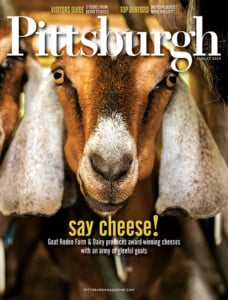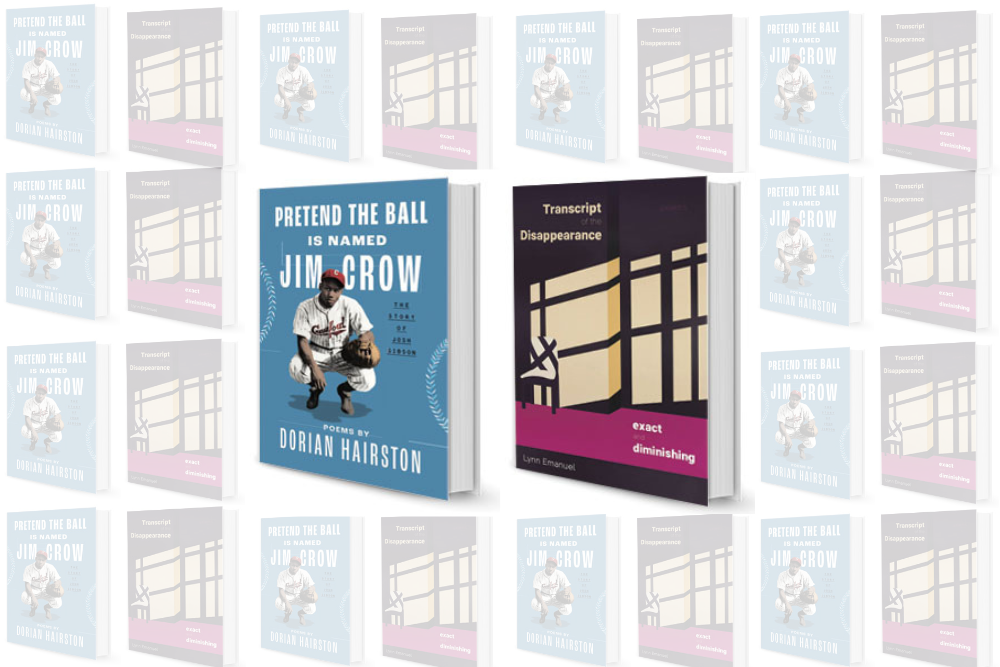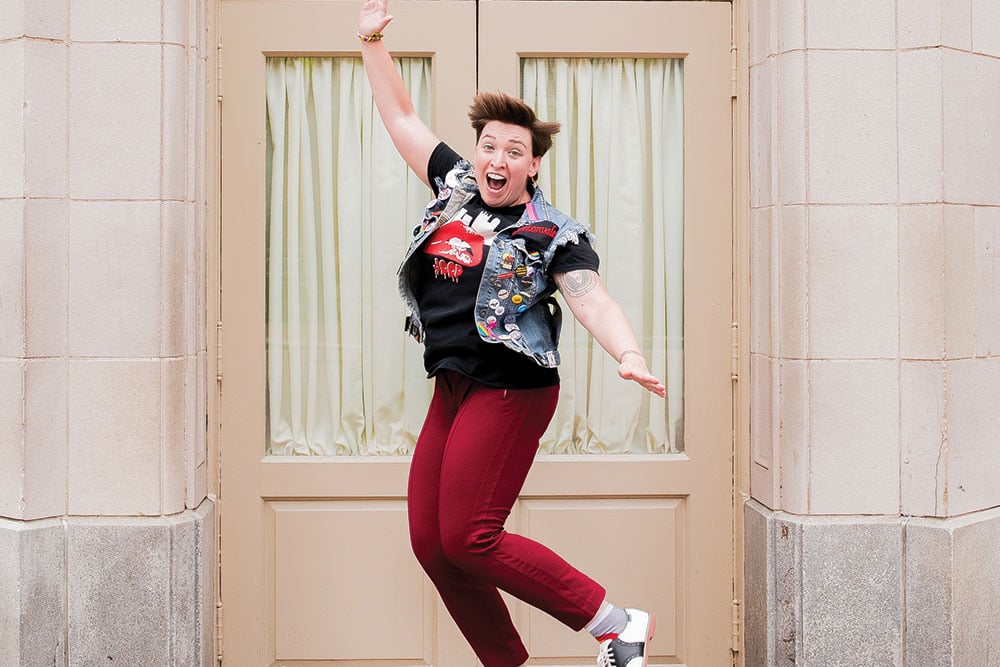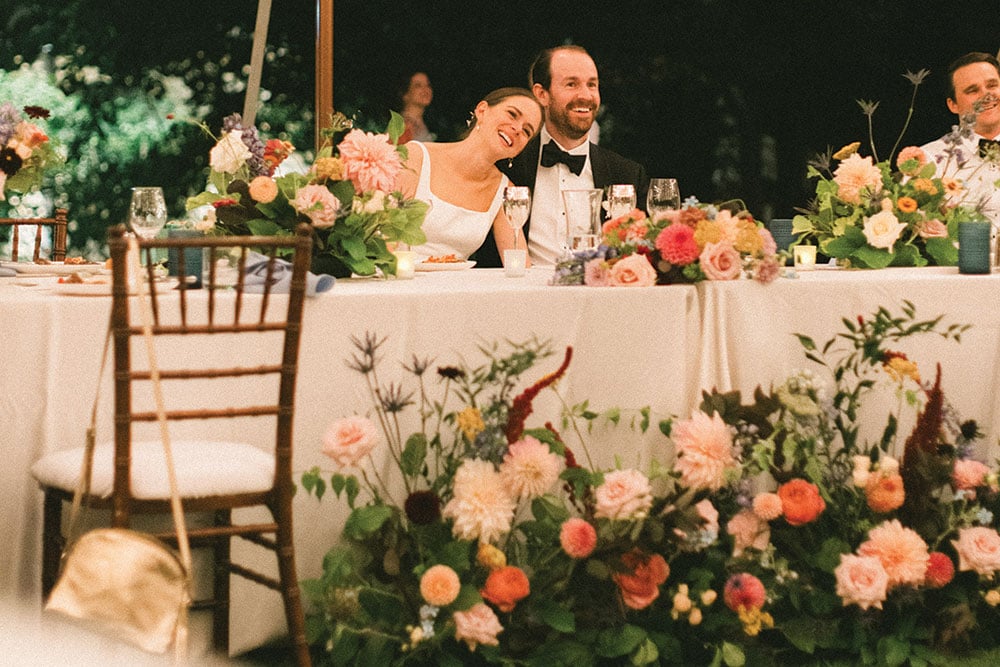This New Warhol Exhibition Contains Some Dark Pop Art
“KAWS + Warhol” at The Andy Warhol Museum juxtaposes the two artists’ commercial works as well as their darker themes.
On the fourth floor of The Andy Warhol Museum, one entire wall contains about 2,000 General Mills cereal boxes behind Plexiglas.
They’re located within sight of Warhol’s famous Brillo Boxes, as well as Heinz and other company’s cartons.
They’re examples of how Warhol and contemporary Brooklyn-based artist KAWS, who created the cereal boxes as part of a project for General Mills in 2022, blur the lines of art and commercialism, and just one example of how the two artists’ works are intertwined in “KAWS + Warhol,” which just opened.
“KAWS + Warhol,” which will be on view through Jan. 20 as part of the Warhol’s 30th anniversary celebration, is the first exhibition to examine the dark themes present in the work of both artists.
“With Warhol, people think glamour, Marilyn Monroe, Liza Minnelli, Studio 54, bright colors, and the same with KAWS — they think about cartoon characters, bright shiny objects,” says Warhol Director Patrick Moore, who curated the show. “But if you really look at them, there’s this undercurrent that makes them, at least for me, much more interesting, which is a fascination with death, tragedy, sadness, compassion, nostalgia, so that’s what we decided to look at.”
Warhol’s work is shown alongside KAWS’ pieces throughout the exhibition: KAWS’ “Sesame Street” characters are in a section entitled “Nostalgia” with Warhol’s “Myths” series, Warhol’s car crash and electric chair works hang near KAWS’ Chum figure behind bars or in sober black and white in a section entitled “Anxiety and Dread.”
Two of Warhol’s works were altered by KAWS: Warhol’s Chanel No. 5 ads have KAWS’ companions wrapped around the perfume bottles. The pieces are displayed alongside one-sheet advertisements from bus shelters and telephone booths that KAWS altered in the 1990s.
Across the street in Pop Park, passersby will see a large sculpture — two of KAWS’ companions embracing in “Together.” The work, while part of the exhibition, will not travel when the exhibition leaves The Warhol (it’s set to go to Tokyo and Kyoto in 2026).
“We thought it was important to do it because we know that there are a lot of people who may or may not be museum people, who might be going to a game, for example,” Moore says. “It’s a way to kind of introduce them to the museum, introduce them to the idea that there may be some art that actually speaks to them.”


















